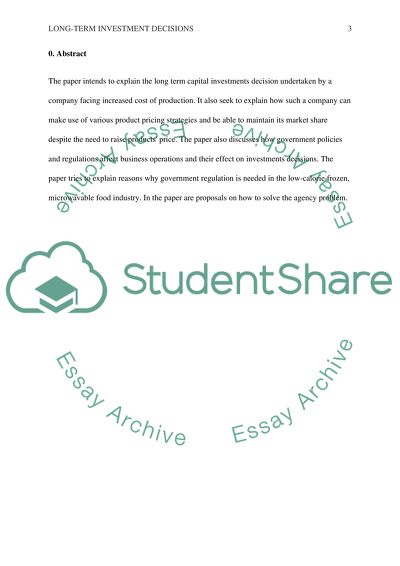Cite this document
(“Managerial Economics Decision: Long-term Investment Determination Case Study”, n.d.)
Retrieved from https://studentshare.org/macro-microeconomics/1671382-managerial-economics-decision-long-term-investment-determination
Retrieved from https://studentshare.org/macro-microeconomics/1671382-managerial-economics-decision-long-term-investment-determination
(Managerial Economics Decision: Long-Term Investment Determination Case Study)
https://studentshare.org/macro-microeconomics/1671382-managerial-economics-decision-long-term-investment-determination.
https://studentshare.org/macro-microeconomics/1671382-managerial-economics-decision-long-term-investment-determination.
“Managerial Economics Decision: Long-Term Investment Determination Case Study”, n.d. https://studentshare.org/macro-microeconomics/1671382-managerial-economics-decision-long-term-investment-determination.


